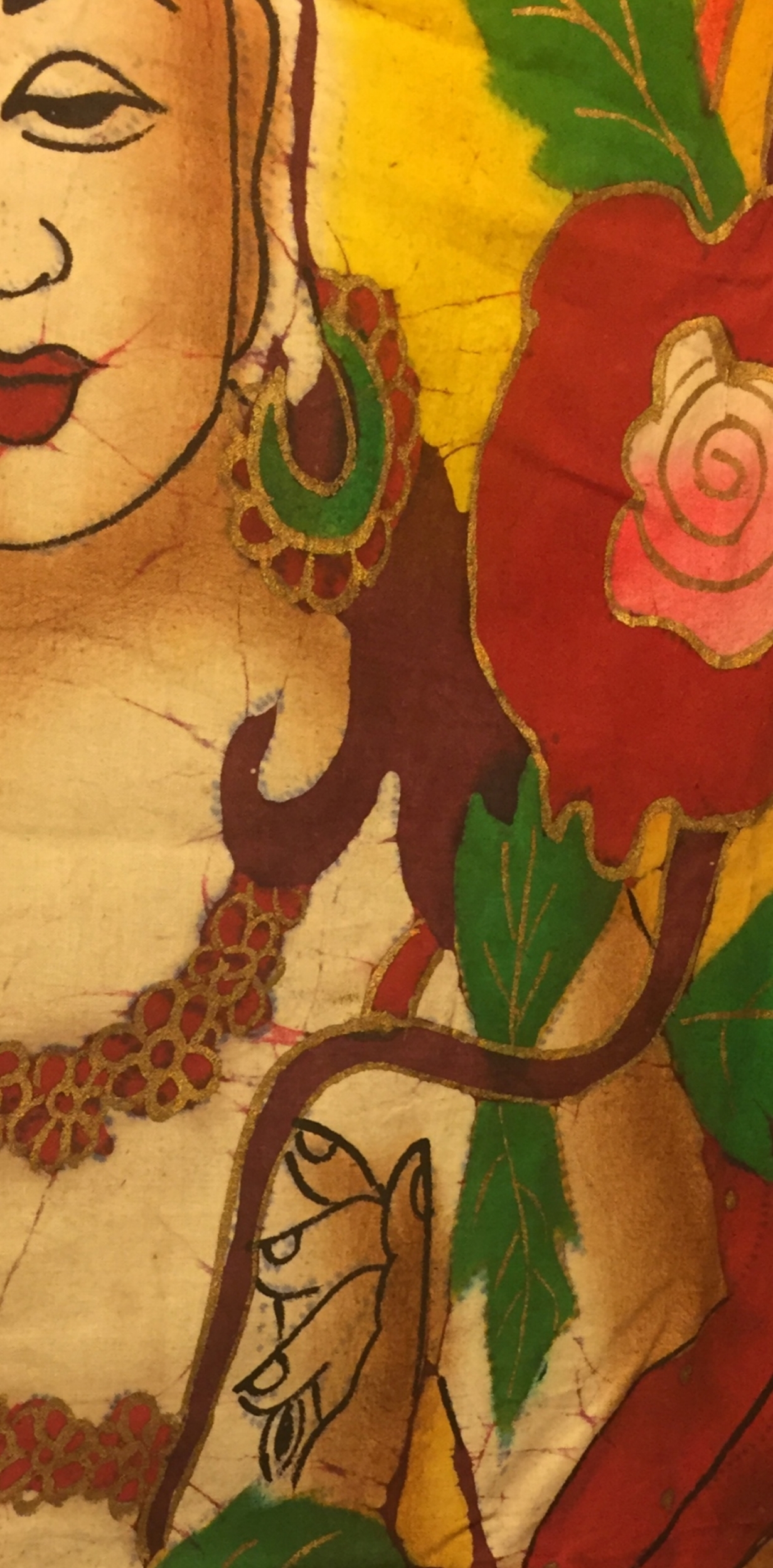The Loquat tree (Eriobotrya japonica) is a large evergreen shrub or tree grown commercially for its fruit or cultivated as an ornamental. Loquat is also known as Japanese plum or Chinese plum. In China, loquat is commonly referred to as *Pipa* as the leaves resemble the shape of the Chinese stringed musical instrument the lute or Pipa. The loquat Leaves - Pi Pa Ye in Mandarin - contain the most medicinal properties and has been used in Traditional Chinese Medicine for thousands of years for clearing lung qi.
Loquat leaf is cold in nature and effective in descending qi energy, which stops the flaring up of fire and returns respiratory order. Loquat acts is a demulcent and an expectorant, as well as to soothe the digestive and respiratory systems often upset by heat in the lungs. Loquat syrup is a traditional remedy for congestion, cough, and sensitivity to lung irritations. In laboratory studies, models have found that Loquat reduces sneezing, the effects of histamines, and slowed allergic reactions. Loquat syrup is used for a variety of coughs including wheezing, chronic bronchitis, kid’s coughing, coughing with mucus, and irritated itchy throats.
The benefits of Loquat go well beyond the respiratory system. The antioxidant known as Amygdalin or B-17 is present and supports the liver. It also contains linoleic acids and plant sterols, which encourage normal liver function. Loquat also contains triterpene, in particular, tormentic acid, which encourages polysaccharide production — a necessary component of insulin production. Loquat leaf has been used to extinguish red, swollen, uncomfortable gums, and also has the ability to support normal brain operation and protect against oxidative stress to improve memory function. In Japan, loquat leaves are dried to make a beverage known as biwa cha to beautify the skin and heal inflammatory skin conditions such as psoriasis and eczema.
Nishioka Y, Yoshioka S, Kusunose M, Cui T, Hamada A, Ono M, Miyamura M, Kyotani S. Effects of extract derived from Eriobotrya japonica on liver function improvement in rats. Biol Pharm Bull. 2002 Aug;25(8):1053-7.
Taniguchi, Shoko, Yoko Imayoshi, Eri Kobayashi, Yoshie Takamatsu, Hideyuki Ito, Tsutomu Hatano, Hiroshi Sakagami, Harukuni Tokuda, Hoyoku Nishino, Daigo Sugita, Susumu Shimura, and Takashi Yoshida. "Production of bioactive triterpenes by Eriobotrya japonica calli." Phytochemistry 59 (2002): 315-23.
Chen J, Li WL, Wu JL, Ren BR, Zhang HQ. Euscaphic acid, a new hypoglycemic natural product from Folium Eriobotryae. Pharmazie. 2008 Oct;63(10):765-7.
Lee CH, Wu SL, Chen JC, Li CC, Lo HY, Cheng WY, Lin JG, Chang YH, Hsiang CY, Ho TY. Eriobotrya japonica leaf and its triterpenes inhibited lipopolysaccharide-induced cytokines and inducible enzyme production via the nuclear factor-kappaB signaling pathway in lung epithelial cells. Am J Chin Med. 2008;36(6):1185-98.
Kim SH, Kwon YE, Park WH, Jeon H, Shin TY. Effect of leaves of Eriobotrya japonica on anaphylactic allergic reaction and production of tumor necrosis factor-alpha. Immunopharmacol Immunotoxicol. 2009 Jun;31(2):314-9.
Onogawa M, Sun G, Takuma D, Hamada A, Yokota J, Yoshioka S, Kusunose M, Miyamura M, Kyotani S, Nishioka Y. Animal studies supporting the inhibition of mast cell activation by Eriobotrya japonica seed extract. J Pharm Pharmacol. 2009 Feb;61(2):237-41.
Kim SH, Shin TY. Anti-inflammatory effect of leaves of Eriobotrya japonica correlating with attenuation of p38 MAPK, ERK, and NF-kappaB activation in mast cells. Toxicol In Vitro. 2009 Oct;23(7):1215-9. doi: 10.1016/j.tiv.2009.07.036. Epub 2009 Aug 7.
Shimizu, Mineo, Hideki Fukumura, Hideki Tsuji, Seiichi Tanaami, Toshimitsu Hayashi, and Naokata Morita. "Anti-inflammatory Constituents of Topically Applied Crude Drugs. I. Constituents and Anti-inflammatory Effect of Eriobotrya japonica Lindl." Chemical and Pharmaceutical Bulletin 34 (1986): 2614-617.
Choi YG, Seok YH, Yeo S, Jeong MY, Lim S. Protective changes of inflammation-related gene expression by the leaves of Eriobotrya japonica in the LPS-stimulated human gingival fibroblast: microarray analysis. J Ethnopharmacol. 2011 Jun 1;135(3):636-45. doi: 10.1016/j.jep.2011.03.066. Epub 2011 Apr 5.

